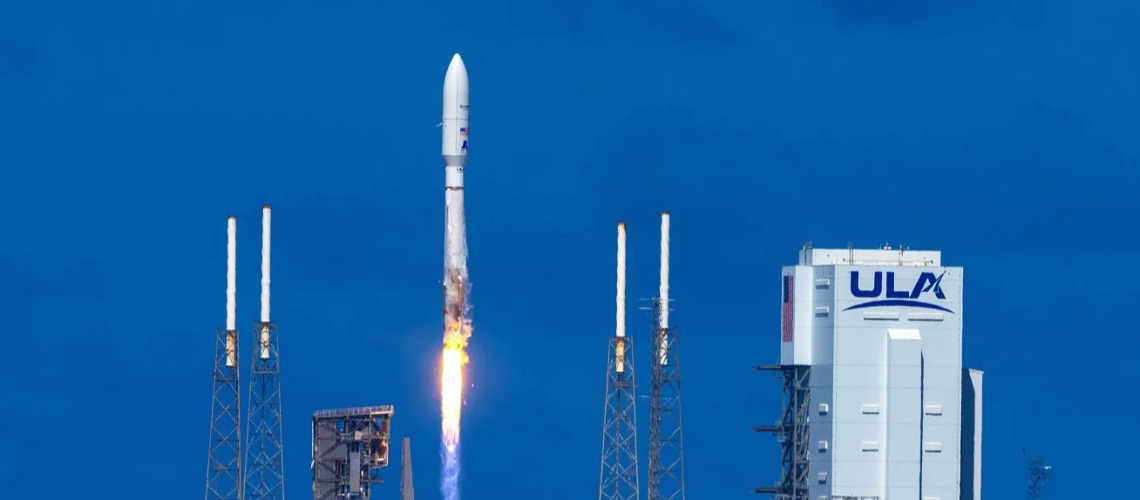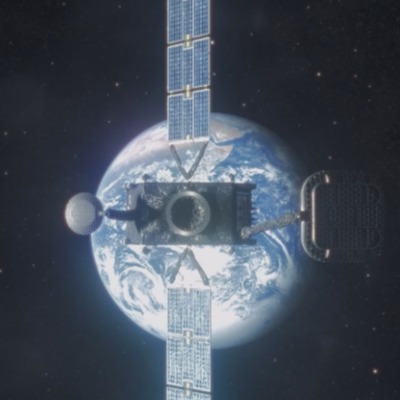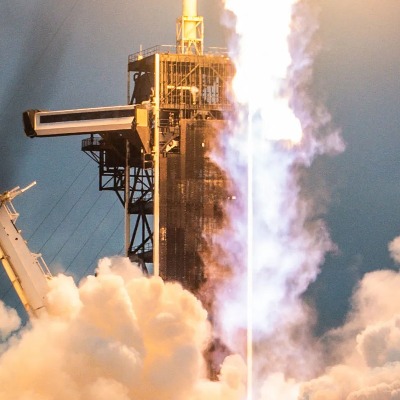Amazon Launches First Satellites For Space Internet System

Amazon launched its first two prototype satellites into space , as part of its Project Kuiper initiative to build a massive constellation of satellites that can provide internet coverage to Earth. The satellites were launched on an Atlas V rocket from Cape Canaveral Space Force Station in Florida.
On October 6 at 2:06 p.m. EDT, an Atlas V rocket from United Launch Alliance (ULA) lifted off from Space Launch Complex-41 at Cape Canaveral Space Force Station, Florida. It carried two prototype satellites from Amazon’s Project Kuiper, low Earth orbit (LEO) satellite broadband initiative, into space before deploying them at an altitude of 311 miles (500 kilometers) above Earth.
The two satellites, KuiperSat-1 and KuiperSat-2, are the first of 3,200 satellites that Amazon plans to deploy over the next six years. The satellites will orbit the Earth at an altitude of 311 miles (500 kilometers), and will be used to provide broadband internet service to people in rural and underserved areas around the world.
Amazon is one of several companies that are developing satellite internet systems. Other companies include SpaceX, Starlink, and OneWeb. These companies are all hoping to bring high-speed internet access to people who currently don't have it, and to help bridge the digital divide.
The launch of Amazon's first satellites is a major milestone for the company. It is also a sign of the growing competition in the space internet market. It remains to be seen which company will be the most successful in providing satellite internet service, but the launch of Amazon's first satellites is a significant step forward.
Experts say that Amazon's entry into the space internet market could have a major impact on the industry. The company has a lot of experience in providing internet services, and it has the financial resources to invest heavily in Project Kuiper. This could lead to lower prices and better service for consumers.
The launch of Amazon's first satellites is also good news for people in rural and underserved areas. These people will soon have access to high-speed internet, which could open up new opportunities for them.




